He leído, de un tirón, un libro interesantísimo, en español su título equivaldría a: "Cocaína, Escuadrones de la Muerte y la Guerra contra el Terrorismo", 'USA Imperialismo y la Lucha de Clases en Colombia', por Oliver Villar y Drew Cottle.
Me lo bebí como el agua.
Agua dulce, agua amarga,
porque la realidad que saca a la luz es escalofriante.
Son esa clase de libros denunciatorios y escarbadores --libros 'mineros' los llamo yo-- que, bajo una investigación exhaustiva, documentada y objetiva, hechos, pruebas, acotaciones, bibliografia, datos y evidencias, nos dejan anonadados porque, al bajar al fondo de la tierra, sus autores, sus 'mineros', nos suben a la superficie unos minerales que nosotros nunca nos habíamos imaginado que estaban bajo nuestros pies...porque hasta yo, que soy, en papel -en papel tan sólo- 'Ingeniero Técnico de Minas' me quedo espantado de que tal mineralogía pueda existir.
Pero aquí está.
De miedo.
De miedo es el mundo humano en el que vivimos.
Estoy tratando de sintetizarlo para absorverlo y digerirlo de un sopetón, que, más o menos, sería algo cómo ésto:
El nivel de narco-terrorismo al que han llegado las burguesías del capitalismo internacional del 'free-world', al quedar conformadas en tan solo unas bandas de gangsters que comercian con la humanidad subastandola constantemente al precio del mejor postor... es, como digo, agua amarga:
escalofriante.
Y es un cosmos, oculto, taponado, que esta bajo nuestros pies, que forma parte de nuestras vidas, pero del que nunca nos enteramos...y, al leer el libro, claro, lo adivinamos...
Y es un cosmos, que, a pesar de que ya lo sabiamos --las cosas nunca se acaban de saber--, al entrar ahora en contacto con mas datos, cifras, personajes, records historicos, declaraciones de los propios involucrados...y subir a la superficie los nuevos minerales para analizarlos...quedamos anonadados.
Impresionados de comprobar cuanto niveles hay en las vidas de los seres humanos, cuantos pisos tiene el edificio que habitamos, cuantos camarotes el barco donde viajamos, todos formando compartimentos estancos, unos separados del otro, aunque cerca, lejanos...que barbaricos mundod e contradicciones, de crimenes, de sangre, de opresion, de descomposicion, de silencios, de mentiras, de ocultaciones, de monstruos y angeles, vivimos, vive el ser humano en esa punta del iceberg que es tan larga, tetrica, demoniaca y escalofriante es debajo...
...Y Colombia, su sociedad, sus hombres, sus mujeres, su pueblo, sus luchas, sus muertos, sus heroes sus bandidos y revolucionarios es un paradigma de lo que hablamos, ese mismo que el libro refleja abrumadoramente...desde el alfa cuando la CIA organizo todos los carteles de la droga en Colobia:
"According to Trenton Parker, a former CIA operative, the CIA set up two preliminary meetings attended by various Colombian drug dealers for the purpose of organizing a drug-trafficking cartel.
The first meeting occurred in early 1981 with twenty of the biggest cocaine dealers in Colombia present. The second meeting, held at the Hotel International Medellm in December 1981 and attended by two hundred drug dealers, established the Medellin cartel. Each member of the cartel paid an initial $35,000 fee to fund a security force that would protect its drug operations. A paramilitary organization called Muerte a los Secuestradores (Death to Kidnappers; MAS) was also established at this meeting. MAS assassinated leftists, trade unionists, civil rights activists, and peasants collaborating with left-wing guerrillas and members of the Union Patriotica (UP), the civilian arm of the FARC. In addition, Israeli and British mercenaries, paid with drug money, organized a death-squad paramilitary school where Carlos Castaño, the future leader of the AUC-MAS's successor organization was an early trainee.
Colombia's state security apparatus was incorporated into the AAA international network as the "Andean Brigade."
"Gunther Russbacher, another CIA operative, confirmed the CIA's role in establishing the Medellin cartel. He attended the two meetings in December 1981, and reported that there had been a preliminary meeting in September 1981 in Buenaventura, Colombia, that established the format for the subsequent meetings. According to Russbacher, the meetings were initiated by the CIA to deal with a group rather than many independent drug dealers: 'At least half a dozen former CIA, OSS, and DEA personnel gave me many hours of statements over a three-year period concerning Central and South America drug operations in which U.S. intelligence agencies and the [Israeli] Mossad participated.'
Testimonies by former CIA operatives Kenneth C. Bucchi, and Al Martin detail covert drug-trafficking operations in Latin America involving the CIA. Bucchi tells of a third meeting in
Zurich, Switzerland, in August 1984, which was linked to a major covert operation named "Pseudo Miranda." According to Bucchi, Vice President George Bush and CIA director William Casey were behind the operation. The aim was to centralize the cocaine trade in Colombia and neutralize Bolivia and Peru as rivals. As tactical commander of Pseudo Miranda, Bucchi attended the Zurich meeting. His mission was to fund the Colombian drug lords and provide cover for their distribution routes; for instance, one operation flew drugs from Colombia to a CIA airstrip in Texas where it would be unloaded for normal distribution. In an interview on CNN, he stated:
'We could save a lot of money if the government just went to Colombia and asked, "How much for all the cocaine?" It's not that farcical. The cost would be tremendous, but it would still be less than what we are spending now for the Drug War. But then we would not be able to justify giving weapons to governments. If we bought it all, the drug dealers would have the same amount of money as the people in power. The CIA doesn't want leftist guerrillas or Pablo Escobars to have the same power as the people they help put in power.' "
(Pag.47-48)
...Hasta el omega de los grandes beneficios:
"In October 2000, an important conference was held to discuss U.S. plans for Colombia in the twenty-first century that involved the U.S. Department of Defense, U.S. Department of State, the intelligence community, and the Colombian military. Colombia was presented as "the linchpin of stability of the Andean region." The conference report stated that "prosecuting the war does not contradict the peace process [and] regaining control over the drug-producing areas of Colombia means wrestling territorial control from the insurgents, particularly the FARC."
The report pointed out that "the self-defense groups popularly called 'paramilitaries' need to be included in the peace process because the population they represent is of such significant size."
To regain FARC-controlled drug-producing areas, U.S. private defense provides military assistance to the narco-bourgeoisie so that drug profits continue to flow to U.S. financial institutions, private banks, and transnational corporations (TNCs). A major report from the UNDCP in 1998 revealed that with "increasing globalization," $2 trillion a day was being laundered through the "world's financial system," a "money launderer's dream." Several hundred billion dollars are washed through the U.S. financial system each year virtually unchecked. The annual profits from the global drug trade are estimated to be worth between $300 and $500 billion with an estimated flow of $250 billion going directly to U.S. banks each year.
Martin Woods, a former senior anti-money-laundering officer at Wachovia Bank (now Wells Fargo & Company), one of the largest in the United States, which investigators have recently found was laundering money for Mexican drug cartels, says, New York and London "have become the world's two biggest laundries of criminal and drug money, and offshore tax havens. Not the Cayman Islands, not the Isle of Man or Jersey. The big laundering is right through the City of London and Wall Street."
This pattern of drug money-laundering banks is traceable to the Reagan and Bush eras.
Catherine Austin Fitts, who had been managing director of the now defunct Wall Street investment firm Dillon, Read &. Co. before becoming assistant secretary of housing under George H. W. Bush, stated that somewhere between $250 and $300 billion from the importation of drugs from Colombia went to Florida, New York, Texas, and California. According to Fitts, just a decade ago these "money-laundering" states provided 80 percent of presidential campaign funds. Fitts, who is now president of Solari, Inc., and managing member of Solari Investment Advisory Services claims that corporations have stock values based upon annual net profits known as "price earnings" or "the pop" and identify the multiples of income at which a stock trades, that is, stock value. The multiplier effect of stock values can reach a factor of thirty. Fitts estimated the figure for drug money entering America reaches up to six times $250 billion annually through money-laundering activities, resulting in an estimated $1.5 trillion per year in U.S. cash transactions from the global drug trade.
Money deposited in the United States is not difficult to monitor. The U.S. Federal Reserve System registers any deposit over $10,000 as standard practice.18 According to Salomon Kalmanovitz, an economist and member of Colombia's Central Bank board of directors, the estimated wealth of the Colombian narco-bourgeoisie in the early years of the post-cartel economy was $76 billion, which is about 30 percent of the country's total wealth, less than half of U.S. annual profits from the drug trade. Robert Auerbach of the University of Texas was told by U.S. General Accounting Office inspectors in 2002 that the vaults of the Los Angeles Federal Reserve "have the second-most currency in the entire Federal Reserve System because of all the drug money flowing into California." Auerbach observed that officials who run the Federal Reserve Bank bureaucracy fail to monitor money-laundering.19 Auerbach estimates that $80 billion in cash from corrupt accounting practices in the Federal Reserve has been stored at its secon-largest vault facility in Los Angeles..."
(Pag. 157-158)
Y todo esto es posible, en parte y como programa del control mental de las gentes, de ésta manera:
"...The Colombian government has enforced a "law of silence," aimed at neutralizing not only resistance or opposition to its repressive regime but to counter negative perceptions from the public with fear and compliance as a form of low-intensity conflict.
The CIA terms psychological warfare (PSYWAR) and psychological operations (PSYOPS) are defined by the DOD as "' the planned use of propaganda and other psychological actions having the primary purpose of influencing the opinions, emotions, attitudes, and behavior of hostile foreign groups in such a way as to support the achievement of national objectives.".
During the cocaine decade, U.S. counterinsurgency strategy took a new direction to low-intensity conflict. Its planners had learned crucial lessons from mistakes committed in Indochina, one of which was the recognition of "Vietnam syndrome." The American public had been told that the war was winnable, and it was not. The consequence was that heavy U.S. casualties would not be tolerated by the people in any future conflict. Thus, in subsequent conflicts a greater focus was placed on the political delegitimization of the enemy, through the management of public opinion, both nationally and internationally. U.S. planners recognized that low-intensity conflict and PSYWAR could be crucial to the management of consent and central to overall victory. Put simply, if popular support for the enemy was destroyed, victory could be achieved through constant "perception management," combined with military operations and state repression. The preface of a CIA manual prepared for the Nicaraguan Contras reflects this emphasis on the crucial importance of psychology in a conflict:
'Guerrilla warfare is essentially a political war. Therefore, its area of operations exceeds the territorial limits of conventional warfare, to penetrate the political entity itself: the "political animal" that Aristotle defined. In effect, the human should be considered the priority objective in a political war. And conceived as the military target of guerrilla war, the human being has his most critical point in his mind. Once his mind has been reached, the "political animal" has been defeated, without necessarily receiving bullets. Guerrilla warfare is born and grows in the political environment: in the constant combat to dominate that area of political mentality that is inherent to all human beings and which collectively constitutes the " environment" in which guerrilla warfare moves, and which is where precisely its victory or failure is defined. This conception of guerrilla warfare as political war turns Psychological Operations into the decisive factor of the results. The target, then, is the minds of the population, all the populations: our troops, the enemy troops and the civilian population.'
From the late 1980s the Colombian state commenced efforts to manufacture its image as a defender of democracy at war with narco-terrorists. The state employed the services of the Sawyer/Miller Group, a leading public relations company in the United States to wage PSYWAR on Colombia's narco-terrorists, the FARC. In the first six months of 1991 alone, Sawyer/Miller earned almost a million dollars in manufacturing the left-wing narco-terrorist conspiracy against FARC. David Meszaros, the director of Sawyer/Miller's Colombia account, then explained that "the main mission is to educate the American media about Colombia, get good coverage, and nurture contacts with journalists, columnists, and think tanks. The message is that there are 'bad' and 'good' people in Colombia and that the government is the good guy." By the early 1990s the Sawyer/Miller Group had regularly used the American press to disseminate Colombian government propaganda, with the routine production of pamphlets, letters to editors signed by Colombian officials, and advertisements placed in the New York Times and Washington Post.
Despite the propaganda about the FARC as narco-terrorists, in 2001 Colombian intelligence estimated that FARC controlled less than 2.5 percent of Colombia's cocaine exports, while the AUC controlled 40 percent, not counting the narco-bourgeoisie as a whole. The ideological engineering through the media is consistent with the U.S. crusade in the Cold War against international communism..."
(Pag. 119-120)
(El numero de las notas se ha sacado para no crear confusion)
Bueno.
Esto es tan solo una pequeña parte.
La punta de una montaña que se inscrusta en un submundo social, economico, politico, oculto y requeteoculto, en esa vorágine, como deciamos, tratando de sintetizar, de agua amarga, escalofriante...espectaculo de una Gangstercracia Interncaional, controladora del fabuloso negocio de la cocaina y de cualquier droga a gran escala, y ama de toda clase de terrorismo que haga halta ejecutar para mantener y seguir manteniendo sus cosmicas ganancias en manos de unas elites que cadia dia estrujan, orprimen y aniquilan mas y mas las esperanzas de la humanidad.




















































































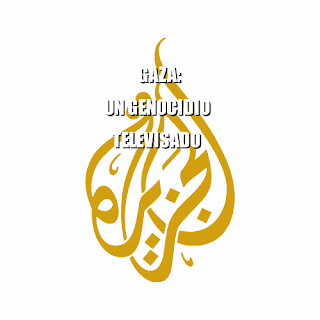




































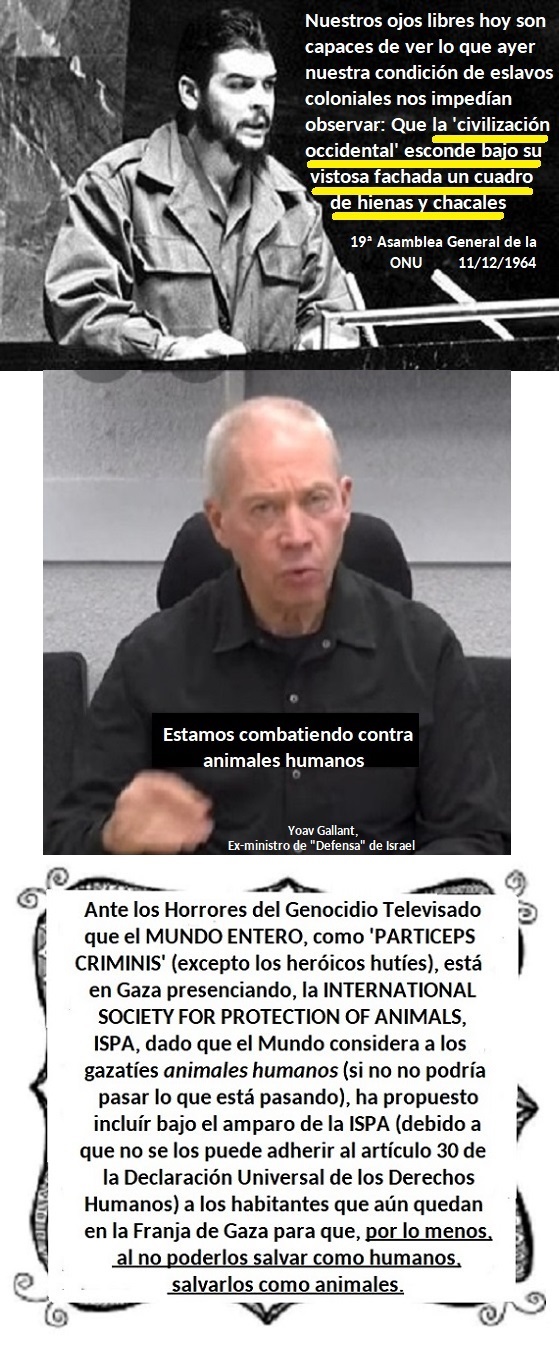












































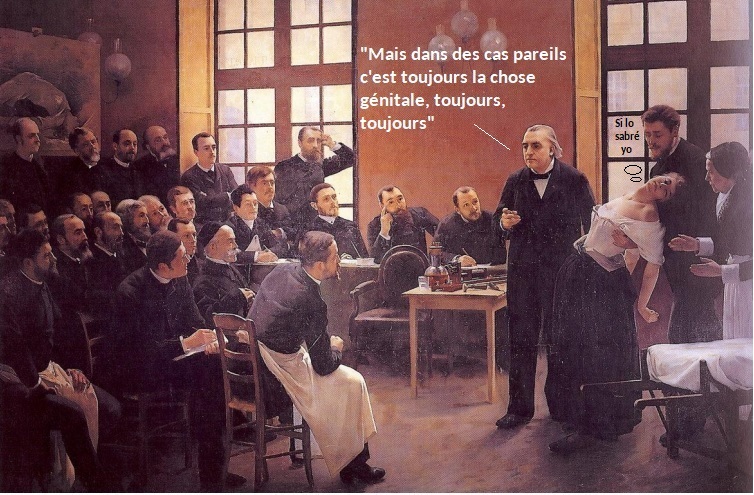





























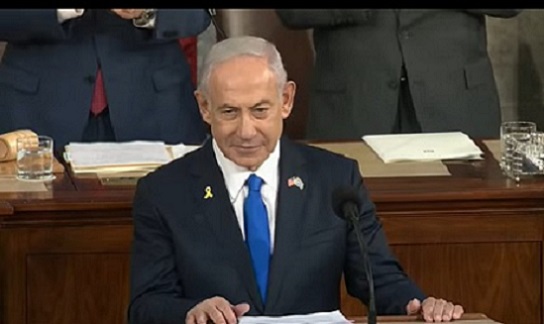















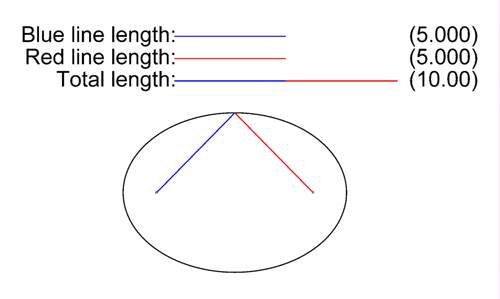


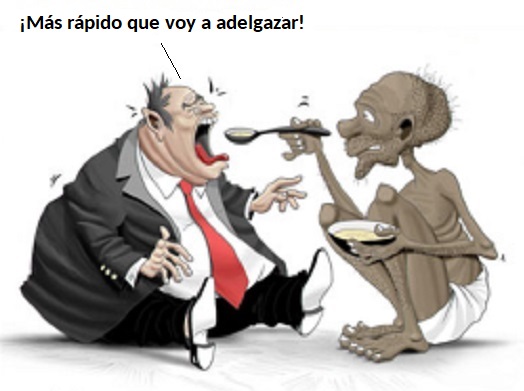













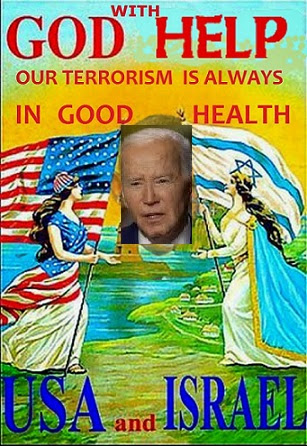
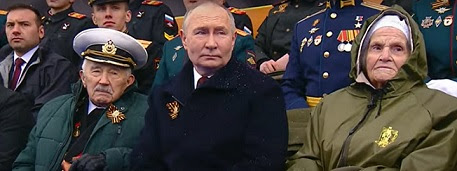

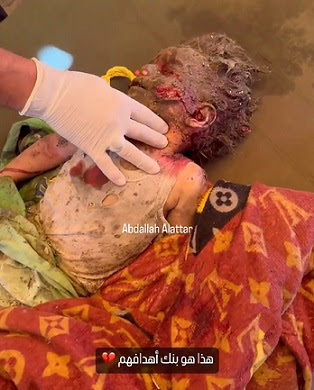
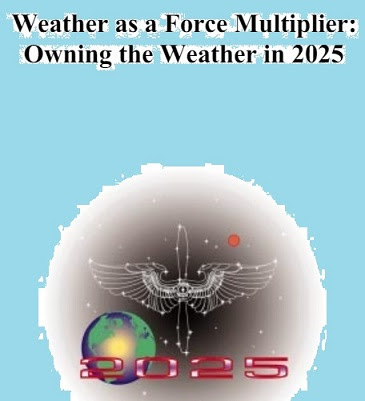
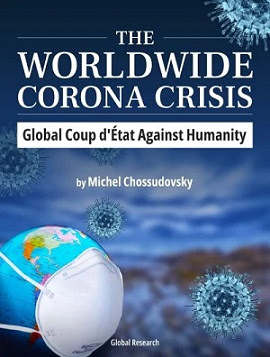
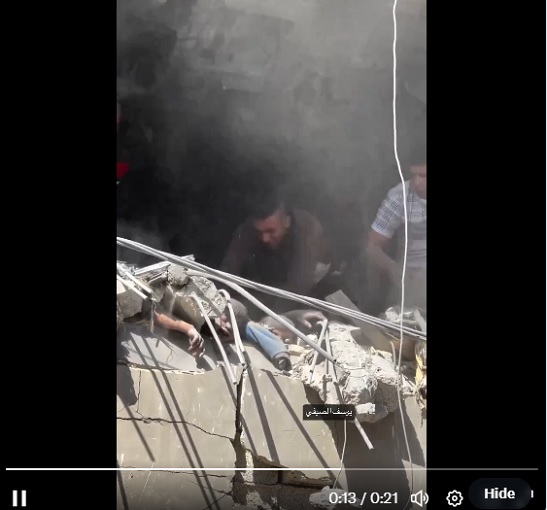



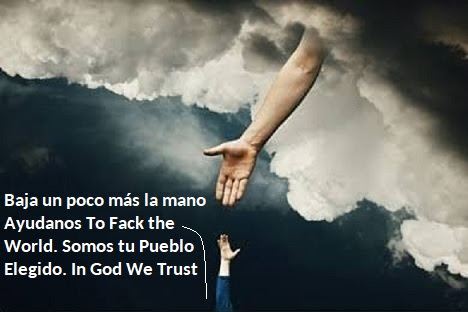
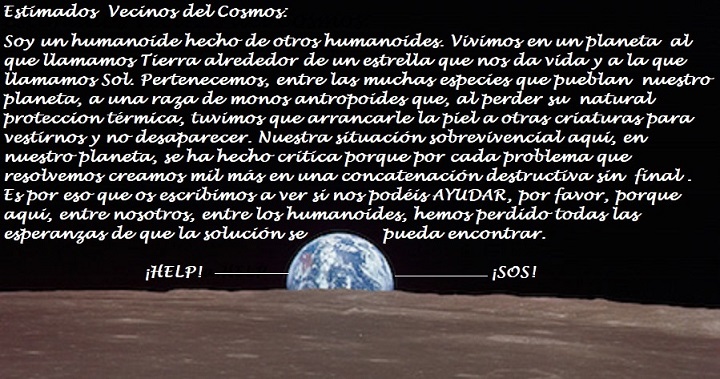



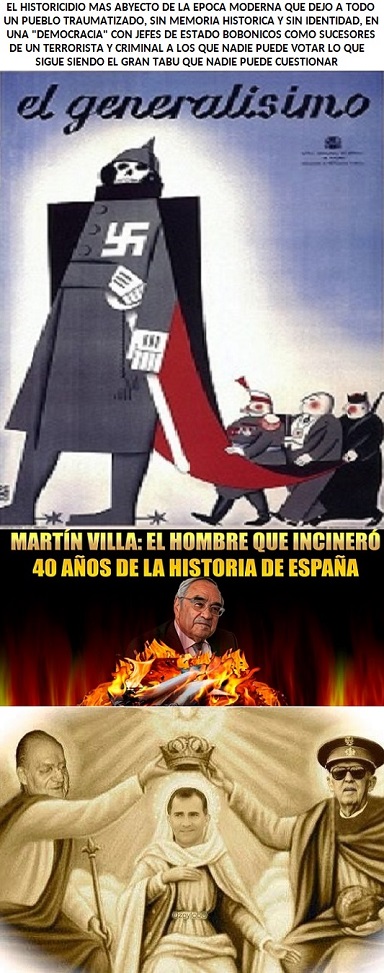
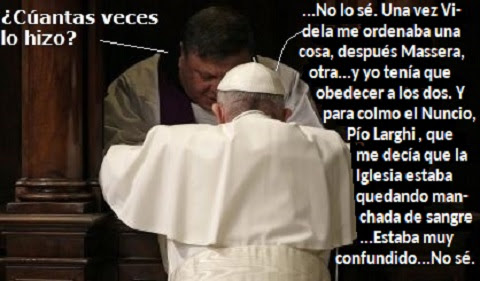
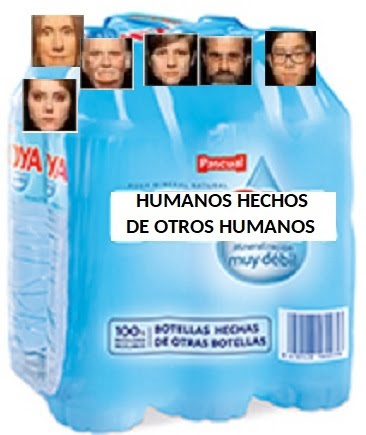
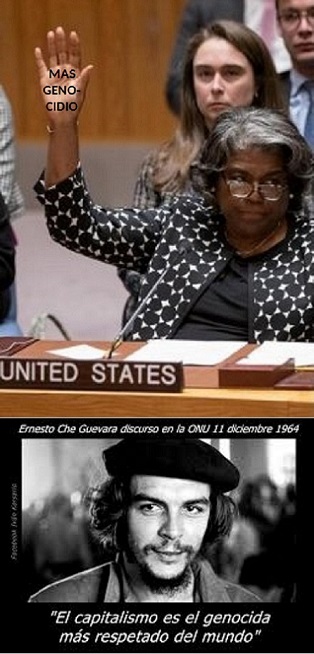

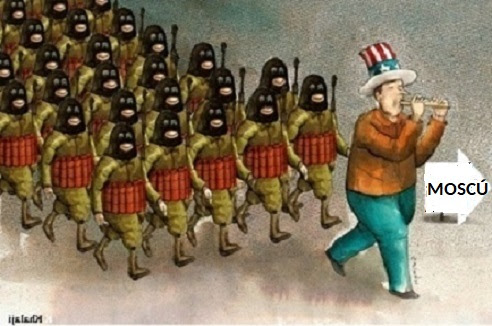




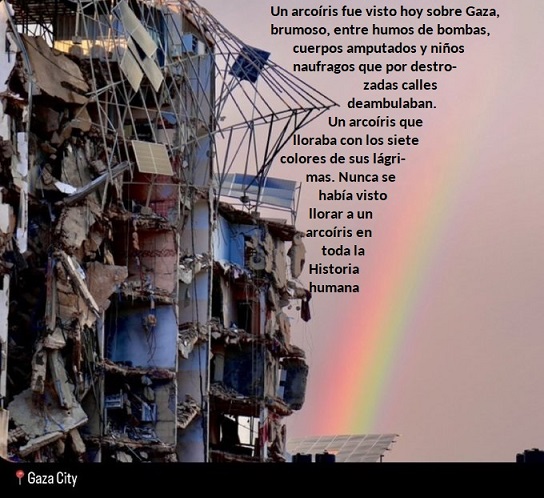


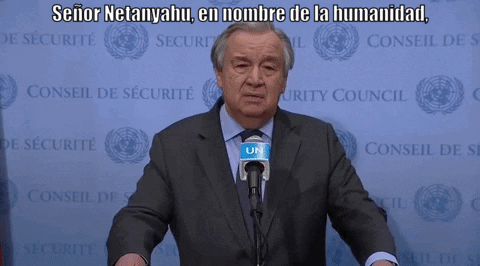







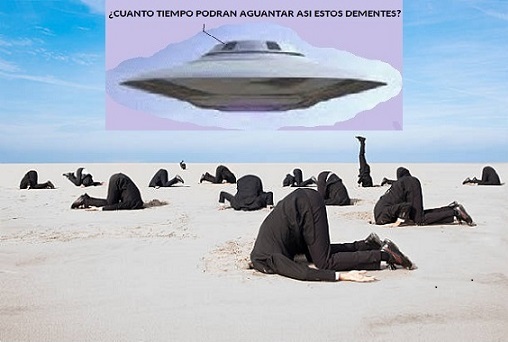
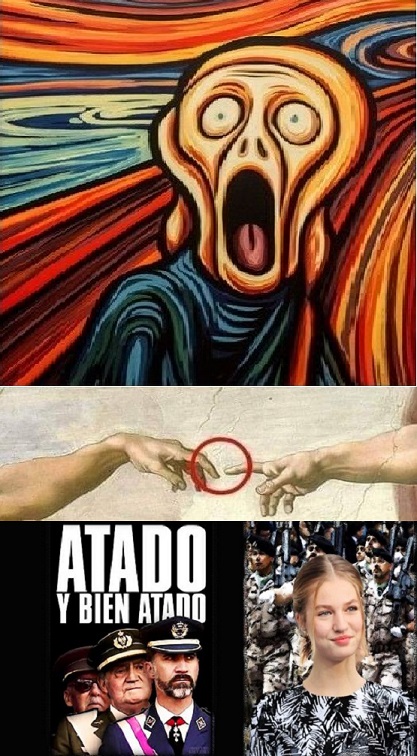


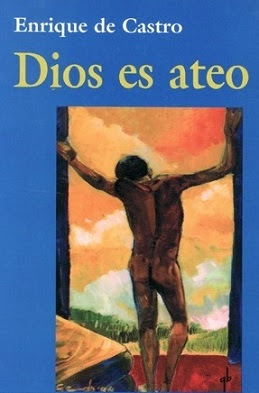











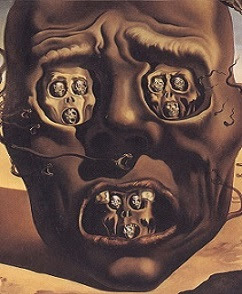
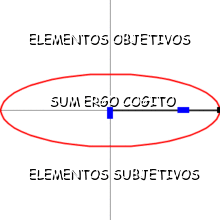















.jpg)




































































































